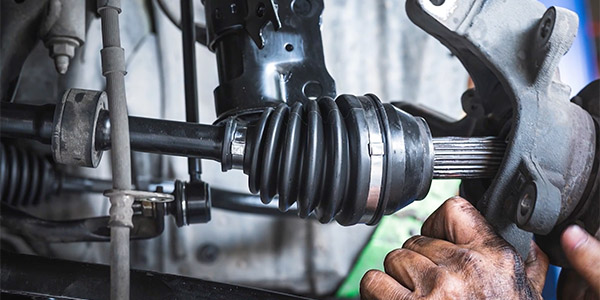In this episode of KYB TV, I’m going to share some facts about what shocks & struts do. If you don’t know what they do, a replacement recommendation can be difficult to understand.
The truth is that “worn” shocks reduce vehicle control and can cause accidents. Most people wouldn’t want to drive a vehicle that has less control than it should; one that’s hard to stop or if the steering was loose and all over the road. In a nutshell, that’s what shocks and struts are there for; to help control the vehicle.
Shocks & struts affect all of the most critical vehicle controls: Steering, Braking & Traction. How they do that is by keeping the vehicle stable AND controlling the tires so they have the maximum road contact.
Actually, if your vehicle could stay perfectly level when braking or steering; and if the tires never moved up and down, you probably wouldn’t need shocks and struts… but the ride would be awful.
Unfortunately, a vehicle’s suspension springs “allow” movement and they create bounce. The springs allow the vehicle to dip, sway, lean and pitch. Without any shocks or struts to help control the springs, a vehicle would be an “out of control” bouncy mess, that that no one would want to drive.
Shocks and struts are movement dampers mounted in the front and the rear, between the vehicle body and tires. Imagine just a small bump in the road: When the tire goes up you lose traction. When you lose traction, you lose steering and braking control. The shocks and struts resist and control both movements with just the right balance between ride comfort and vehicle control.
Your tires go up and down hundreds of times during every mile that you drive. Every one of them has to be controlled by the shocks. When the shocks are in control… you’re in control.
Thanks for watching KYB TV!













